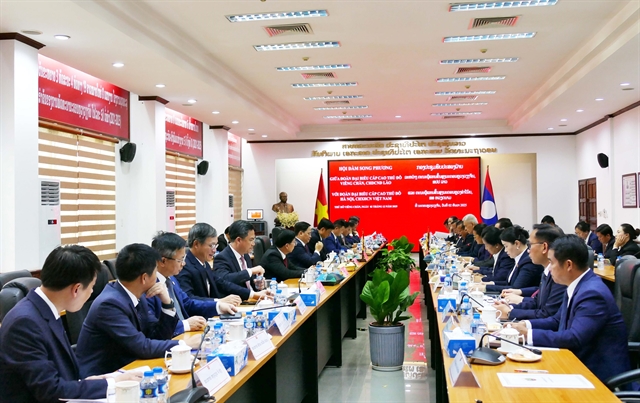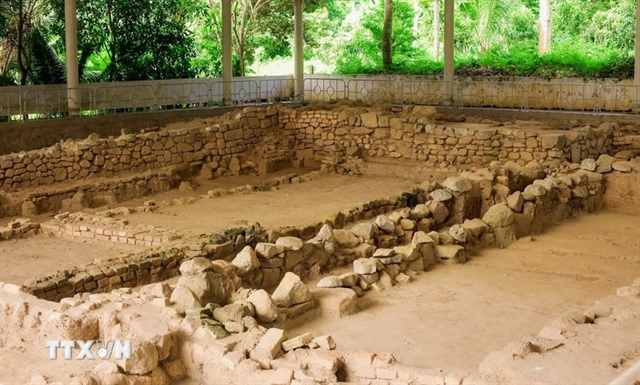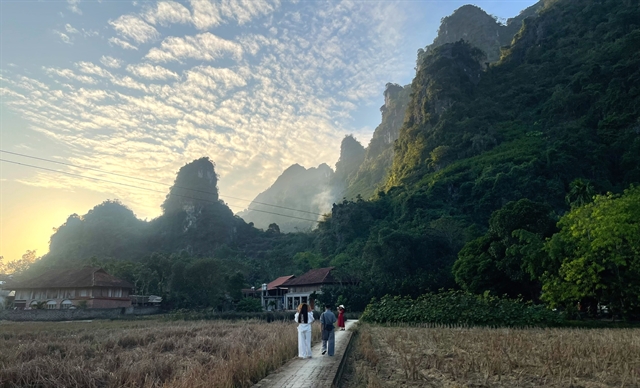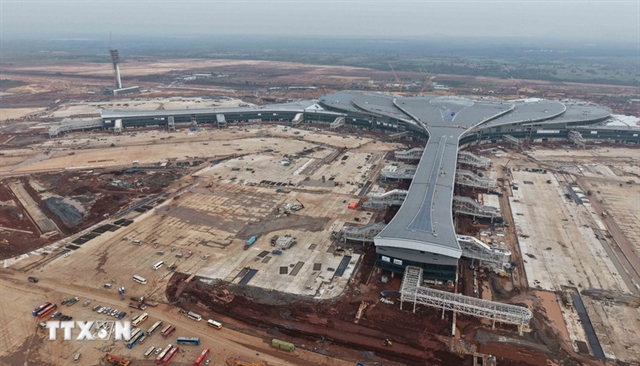 Society
Society
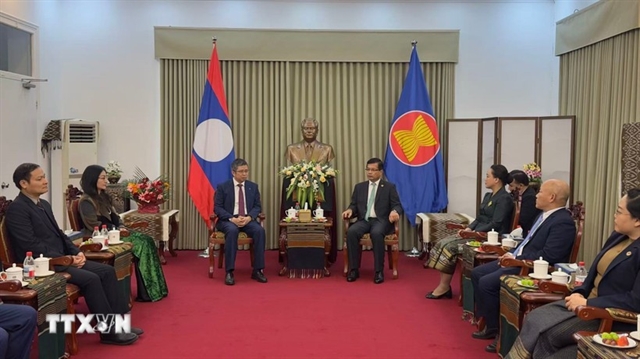
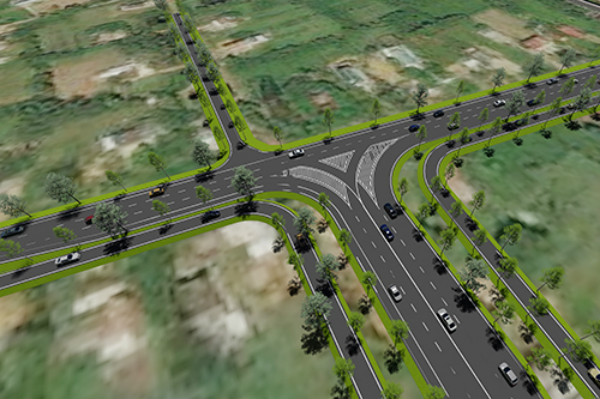
|
| A graphic image of Cam Lộ-La Sơn expressway. — Photo courtesy of the Ministry of Transport |
QUẢNG TRỊ — Construction on the Cam Lộ-La Sơn section of the major North-South Expressway began in central Quảng Trị Province’s Cam Lộ District on Monday.
This is the first sub-project of the 11 sub-projects of the eastern section of the North-South Expressway to start. There are eight public-private partnership projects and three projects State funded.
The eastern section of the expressway will be 654km in length and has total investment of VNĐ118.7 trillion (US$5.1 billion). It will run through 13 provinces and cities from the northern province of Nam Định to the southern province of Vĩnh Long.
The Cam Lộ-La Sơn section will be 98.35km long, of which more than 37km will run through Quảng Trị Province and 61km will run through Thừa Thiên-Huế Province. It will have two lanes allowing maximum speeds of 80km per hour.
The total investment is estimated at nearly VNĐ7.7 trillion ($332 million) which will come from Government bonds, according to Lâm Văn Hoàng, director of the management board of Hồ Chí Minh Road which is representative of the project’s investor.
Land clearance task for the project construction was basically completed.
Construction of the Cam Lộ-La Sơn expressway was scheduled to start on September 1 but was delayed due to bad weather.
The road is expected to be completed in 2021 and will join the La Sơn-Túy Loan section to create the Cam Lộ-La Sơn-Túy Loan route, helping to reduce load for the National Highway 1 and contributing to boost socio-economic development for the central region, Hoàng said.
Hoàng told Giao thông (Transport) newspaper the construction will be put under strict supervision to ensure quality and progress.
Speaking at the ground-breaking ceremony, Prime Minister Nguyễn Xuân Phúc said the investment in building the North-South expressway was part of the country’s efforts to fulfil the target of building four key national highways, including the National Highway 1A, the Hồ Chí Minh Road, the North-South Expressway and a highway along the coast of Việt Nam.
When these four highways are completed along with a high-speed railway system, it will create a transport system of railways, roads, aviation and domestic waterways, an important factor to help further develop the country in the future, he said.
The country aims to build an additional 2,000km of highways by 2025, bringing the total length of highways in Việt Nam to more than 4,000km, he said.
PM Phúc said they would help to promote connections between provinces and cities and key economic regions, actively contributing to the development of the country and improvement of people’s living conditions.
He praised efforts of relevant ministries and agencies to promptly complete land clearance for the construction of the Cam Lộ-La Sơn project and urged local authorities of Quảng Trị and Thừa Thiên-Huế provinces to create conditions for those people who were resettled for the project construction to soon stabilise their lives.
He asked the Ministry of Transport and the project’s Management Board to take measures to ensure the project quality and efficiency, particularly to prevent corruption.
The North-South Expressway covers 2,109km, extending from the northern mountainous Lạng Sơn Province to the southern province of Cà Mau.
Once it is completed, it is expected to become the key route connecting traffic in the entire country.
A number of sections covering 601km are under construction.
The three sections fully funded by the State budget are Cao Bồ-Mai Sơn (15km), Cam Lộ-La Sơn (98km) and Mỹ Thuận Bridge (7km).
Investors of Build-Operate-Transfer projects are allowed to collect toll fees, starting at VNĐ1,500 per km per car under 12 seats. The toll can be increased once every three years until it reaches VNĐ3,400 per km per car. — VNS

